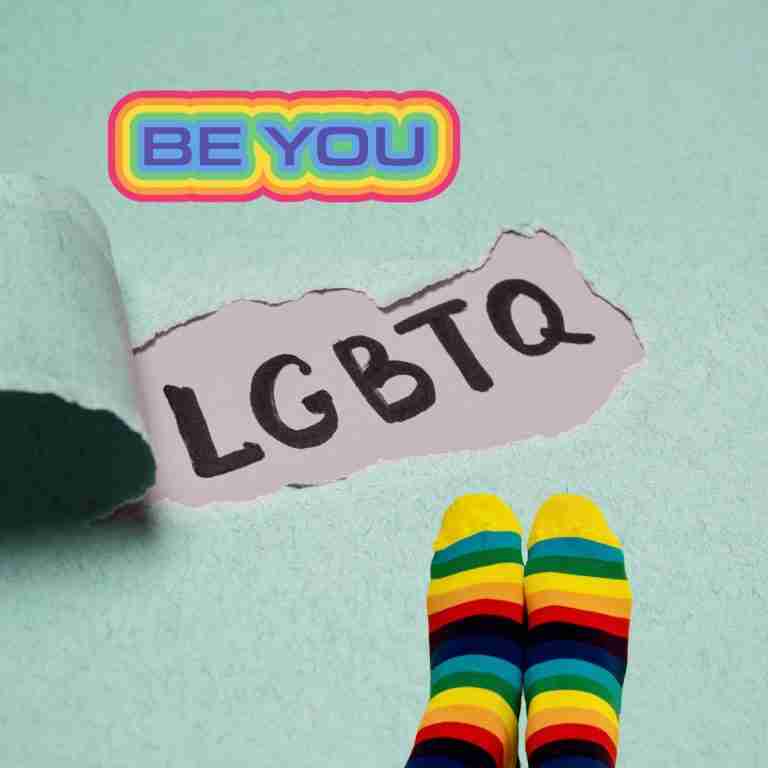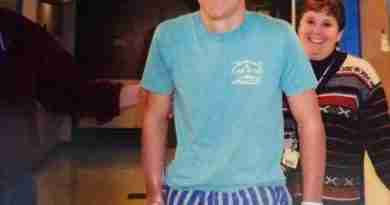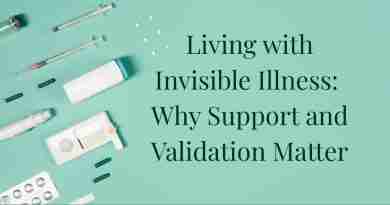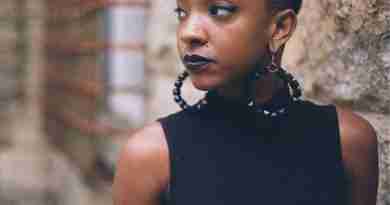Being LGBTQ: Stories of Truth, Resilience, and Becoming
Being LGBTQ in today’s world means navigating more than just identity. It means navigating misunderstanding, microaggressions, laws that shift with elections, and the exhausting emotional calculus of deciding when and where to show up as your full self.
It means grappling with questions that others never have to ask: Is this space safe? Will I be accepted here?
For many LGBTQ people, including transgender people, non-binary folks, and those exploring their sexual orientation or gender identity, the journey toward authenticity isn’t linear. It’s layered, ongoing, and deeply personal.
It impacts physical and mental health, emotional well-being, and how we relate to ourselves and the broader society.
In this piece, we share raw, unedited reflections from individuals across the LGBTQ community.
These stories are not simply narratives. They are acts of courage, invitations to empathy, and testaments to the transformative power of truth-telling.
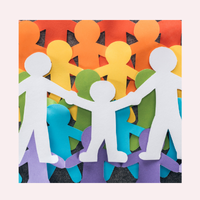
What Does Being LGBTQ Mean?
Being LGBTQ means identifying as lesbian, gay, bisexual, transgender, queer or questioning—an umbrella term that reflects a broad spectrum of sexual orientations and gender identities.
It includes people who experience same-sex or same-gender attraction, people who are attracted to more than one gender, and those whose gender identity or gender expression differs from what they were assigned at birth.
But being LGBTQ is about more than labels—it’s about living in alignment with your truth, even when that truth doesn’t fit into traditional expectations.
It means navigating physical and mental health challenges that often stem not from identity itself, but from discrimination, lack of social support, or the emotional toll of hiding who you are.
LGBTQ people come from every culture, race, religion, and walk of life. For some, being LGBTQ is a quiet part of their story; for others, it’s a bold act of resistance and joy.
At its core, it’s about identity, love, and the deeply human need to belong—not just in a relationship, but in a world that sees and respects you.
Understanding what it means to be LGBTQ starts with listening—with empathy, not assumptions.
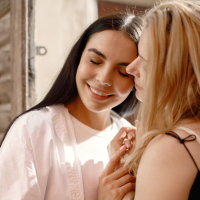
How to Treat LGBTQ People When They Are Coming Out
For many in the LGBTQ community, one’s sexual orientation or gender expression doesn’t come with instant visibility.
Instead, there’s the constant burden of coming out repeatedly, each time weighing the risks, the reactions, and the emotional aftermath. This storyteller reflects on the complexity and consequences of disclosure:
Coming out isn’t a one-and-done process. As a friend said, “we don’t walk around with lesbian tattooed on our foreheads.”
People tend to assume others are cishetero unless they state otherwise, and cisgender and heterosexual ideologies are often forced upon us at or before birth.
This creates the conditions where coming is not only necessary but can involve careful calculation. What will happen if I tell this person? Will they harm me? Accept me? Discriminate against me? Welcome me?
I’ve experienced a variety of reactions to coming out. The worst were people telling me that I should unalive myself. The best was when I came out to a nun. She cheered and hugged me.

I dream of a world where children are free to be themselves from birth, where lies and hate aren’t the norm, and where human rights don’t hinge on elections.
No one harms anyone else by existing as queer or trans or nonbinary any more than anyone is harmed by someone existing as cis or hetero.
I hope for a world where acceptance, love, and human rights are the norm. We can all work towards this by leading with love, one action at a time.
Dr. Donna Bulatowicz, Educational Theory and Practice
What is it Like Being Queer or Part of the LGBTQ Community?
Navigating same-gender attraction while also confronting racial identity, cultural norms, and professional expectations can lead to a unique kind of clarity and power. For Liam, a gay man in marketing, identity became both a lens and a superpower:
I’m Liam. Being queer has sharpened my radar for authenticity, both in life and my work as a marketer at Privr.
Growing up Black and gay in the South, I learned early that “fitting in” meant erasing parts of myself, so now I default to radical transparency. It’s why our app’s campaigns center raw, unfiltered queer stories, no performative rainbows.

Resilience, for me, is the understanding that every microaggression or seemingly innocent family inquiry about marriage served as fuel for my inner strength. Instead of diminishing, I strategically adapt my communication, transforming experiences of marginalization into powerful marketing advantages.
But resilience isn’t just armor, it’s adaptability. Navigating Spain’s LGBTQ+ scene with my partner taught me to find community in unexpected places (shoutout to Malaga’s underground drag collective).
It’s why Privr’s video-first approach works: we’re not just connecting users, we’re building a global family where vulnerability is the currency.
Being queer isn’t a hurdle, it’s my lens for seeing gaps in representation and filling them with unapologetic joy. Trauma’s a teacher, but so is joy, and we’re fluent in both.
Liam Perkins, Digital Marketing Manager at Privr
Letting Others Know About Your Sexual Orientation is a Physical and Emotional Process
For LGBTQ people who’ve been silenced by family members, religious upbringings, or conversion therapy, the act of claiming one’s sexual identity is both liberation and loss.
Logan Jones, Psy.D, shares a therapist’s view on what many don’t realize:
As a psychologist who has sat with countless clients navigating their coming out journeys, I wish people understood that coming out isn’t a one-time event but an ongoing process of authenticity.

Each new workplace, friendship circle, or family gathering can present a fresh decision about disclosure, creating what I call “disclosure fatigue” – the emotional labor of repeatedly making yourself vulnerable.
What surprises many is how the body physically responds during these moments.
I’ve worked with clients who experience genuine trauma responses when anticipating coming out conversations – racing heart, shortness of breath, even dissociation.
These physiological reactions aren’t weakness; they’re normal responses to perceived threat that deserve compassion and preparation.
In my practice at Clarity Health + Wellness, I’ve found that creating a “coming out toolkit” helps tremendously.
Identifying supportive allies first, practicing responses to potential reactions, and establishing clear boundaries about what questions feel appropriate versus intrusive.
This practical approach helps balance the emotional weight of authenticity with necessary self-protection.
The most overlooked aspect is that coming out often involves grieving – not just potential rejection, but the loss of the imagined future where hiding was no longer necessary.
I encourage clients to honor this grief while also celebrating the profound relief that comes with living more authentically. Even when that authenticity is expressed selectively and on their own terms.
Logan Jones Psy.D, Director, Clarity Health + Wellness
Because Being a Part of the LGBTQ Community Shouldn’t Be This Hard—But It Often Is
Each story above reflects just a glimpse of what it means to be LGBTQ. It is like living in a world that too often demands explanation of your sexual orientation, resilience, and proof of your worth.
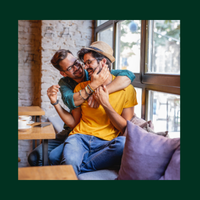
Sexual orientation refers to more than just your sexual attraction and who you love. It shapes your self-concept and how you’re treated in job opportunities.
It even impacts your access to health care, legal rights, and mental wellness.
For non-binary people, intersex people, and transgender individuals navigating gender-affirming surgery, hormone therapy, or a lack of legal recognition, the challenges only deepen.
The stories shared here also speak of hope for the gay community: that social support, visibility, and human rights campaigns are shifting things forward. That lesbian, gay, bisexual lives—like all lives—deserve to be lived fully, freely, and without fear.
Whether you’re out, questioning, or somewhere in between, we hope you know: your story matters. And telling it might just be your greatest act of healing.

